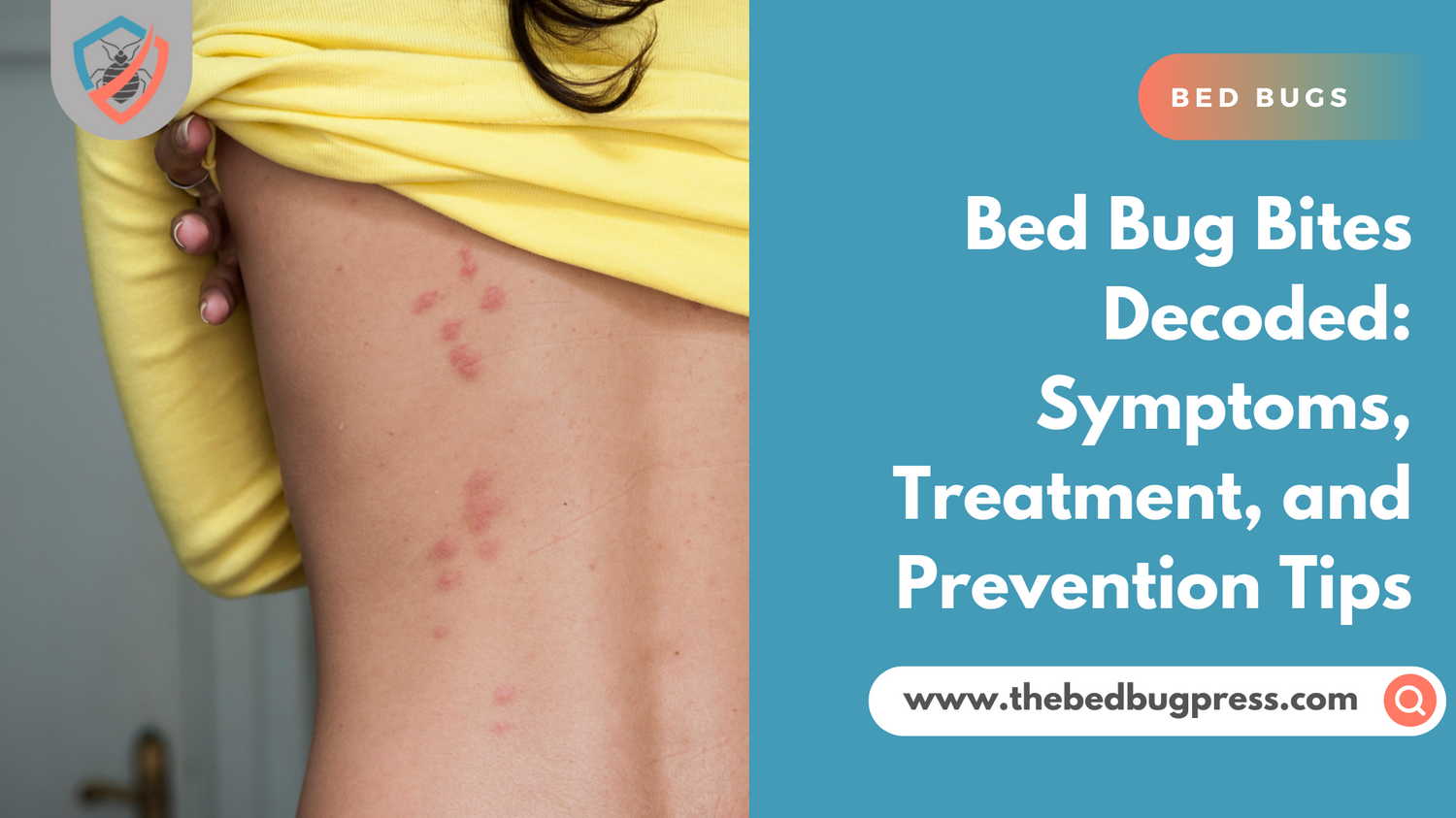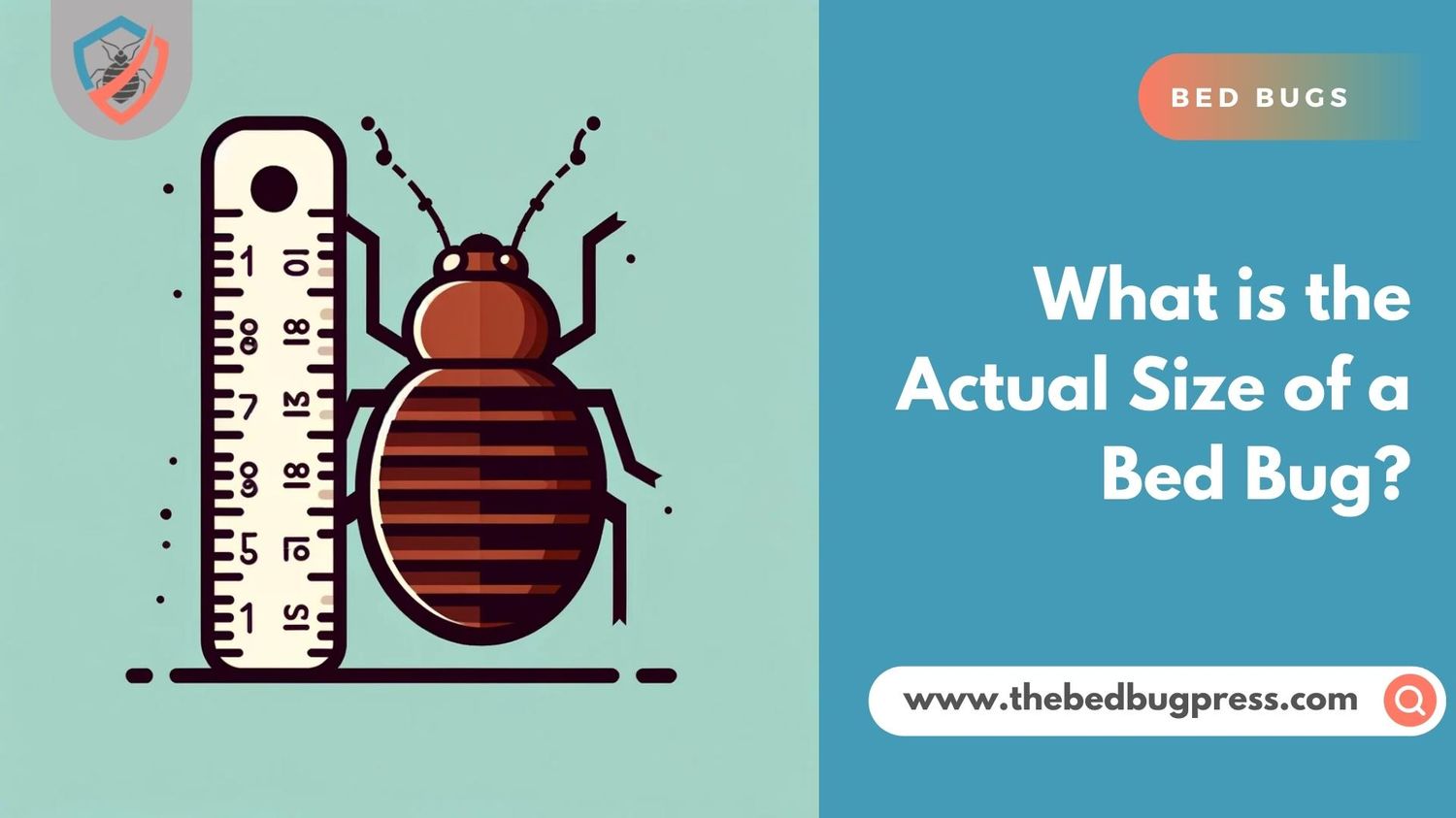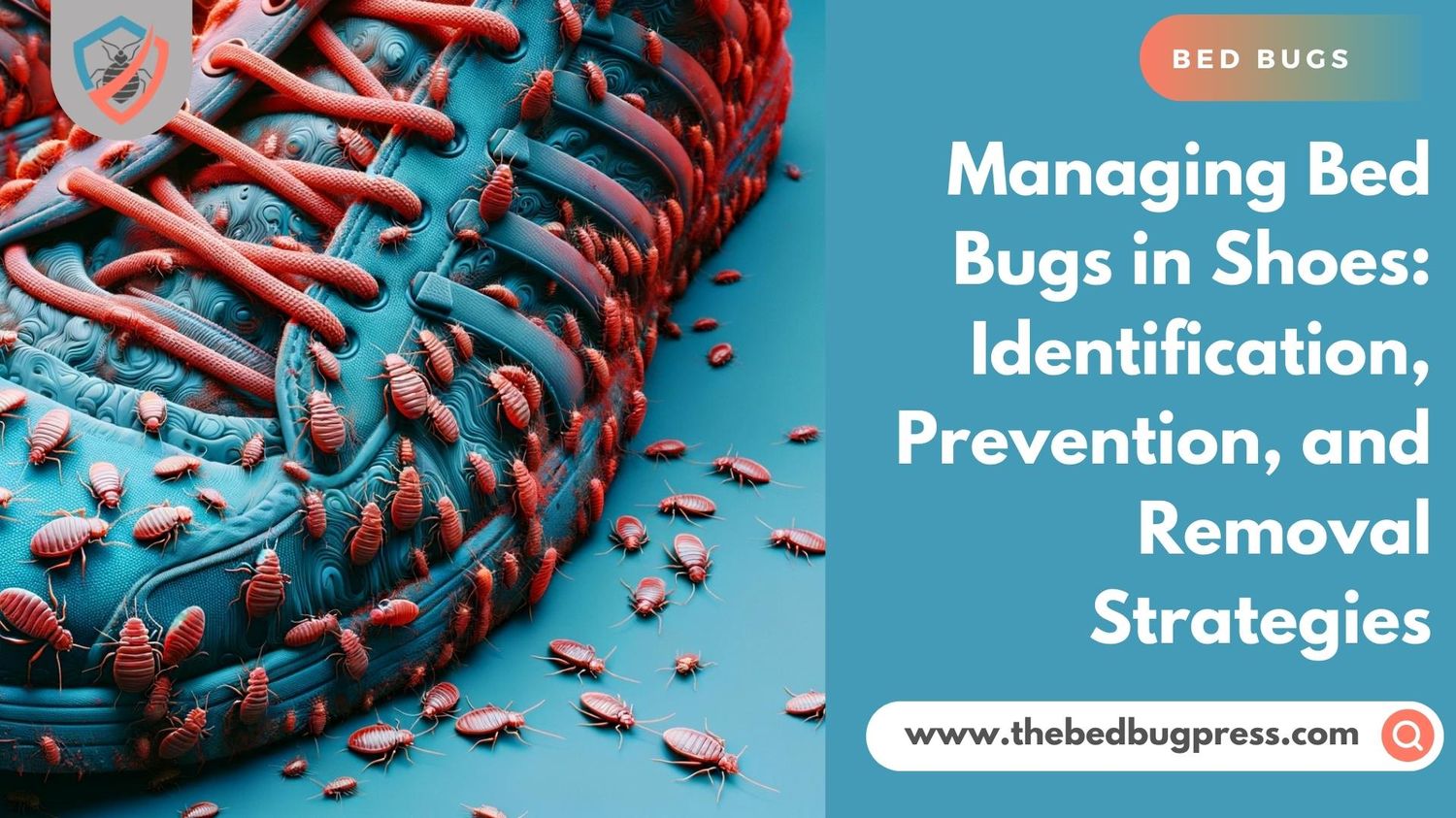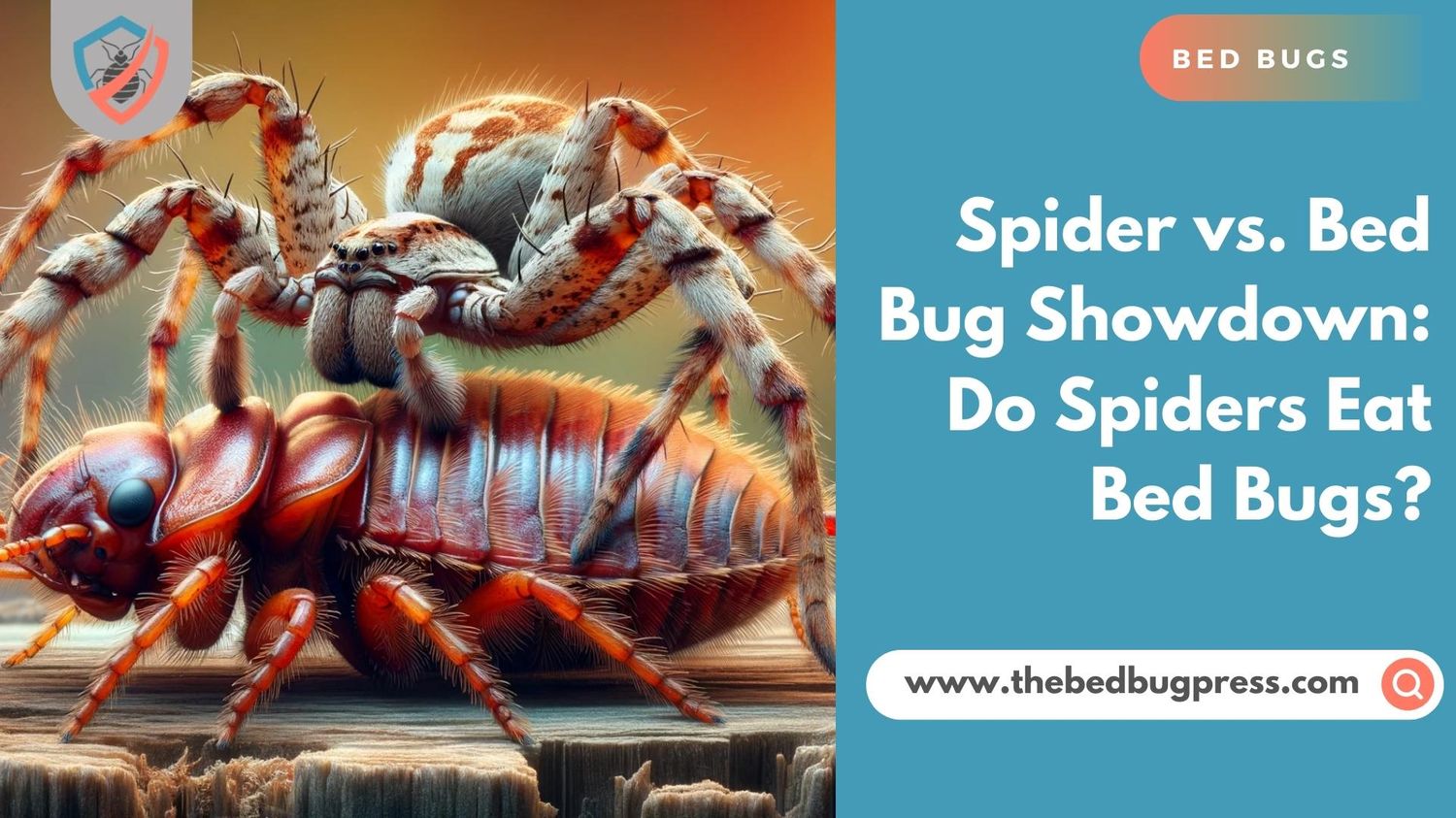It’s difficult enough to deal with the infestation of bed bugs without having the added worry of whether or not the problem has gone away. To put your mind at ease, here are some tips and tricks to ensure that bed bugs have been successfully removed from your home.

5 Signs That the Bed Bug Removal Was Successful
Treating bed bugs can be a difficult and time-consuming process, but making sure that all of them are gone is the key to true success. Here are five signs you should look for to determine whether or not your treatment has been successful:
Assess the size and scope of the bed bug infestation.
Take into account the size of the infestation, the presence of additional insects or animals, and whether structural work needs to be done on the property before undertaking any type of treatment.
No evidence of bed bugs post-treatment
If no bed bugs are spotted during post-treatment inspections then it’s usually a sign that bed bug removal has been successful. Other indicators may include dead or missing bugs; fewer bites from those present before treatment; improvement in hygiene; and/or reduced odors throughout the house caused by their presence.
Preventive measures are taken.
Sealing off any cracks or crevices bed bugs could be hiding in along with washing sheets regularly in hot water and vacuuming frequently can help reduce your chances significantly of having them come back.
Professional pest control is called.
If you’re still unsure whether all remaining bed bugs have truly gone away, it’s recommended to contact a professional pest control company that knows how best to identify exactly where they are hiding and apply treatments accordingly.
Improved living conditions
A noticeable improvement in living conditions such as improved air quality, less itching at night, no more small objects being moved around by insects, and fewer bite marks on exposed skin can indicate that your efforts have paid off!
By following these steps, you can make sure that your attempts at killing off those pesky critters have worked!
Confirming If You Beat the Bed Bug Infestation
There are a few signs that you can look for to determine if your efforts have been successful and bed bugs are gone completely:
Lack of bites: Bed bugs feed on human blood and leave behind itchy, red bites. If you haven’t experienced any new bites in a few weeks, it could be a sign that the bed bug infestation is under control.
No live bed bugs: Adult bed bugs are small, brownish insects that can be seen by the naked eye. If you haven’t seen any live bugs or evidence of their presence, such as shed skins or blood spots, it could be a sign that they have been eliminated.
Professional confirmation: It may be a clever idea to hire a pest control professional to inspect your home and confirm that the bed bug infestations have been successfully eliminated.
Remember that bed bugs are notoriously difficult to get rid of, and it may take several treatments or methods to completely eradicate them.
Post-Treatment Warning Signs of Bed Bugs
While a successful use of multiple treatments for bed bugs can usually be determined by inspecting the area, there are some warning signs that you should also keep an eye out for. If any of these occur, it’s important to contact a professional pest control company as soon as possible:
Bite marks
Pay attention to any red and/or itchy spots appearing on your skin after the bed bug treatment.
Discolored sheets
Look out for reddish-brown stains on your sheets or pillows which could indicate fecal waste from the bugs.
Unusual odors
A musty smell could signal the presence of more bed bugs than were previously detected, so contact a specialist immediately if you detect such an odor.
Eggshells
If you spot empty eggshells near your bed or in other parts of your home, then take action right away!
Increased activity
If you notice an increase in crawling or scurrying noises around at night or when turning lights on, this could mean that bed bug eggs have hatched, and more bugs are present than initially thought.
Stay vigilant by knowing what to look for when checking for remaining pests after treatment. That way, you can make sure that any potential bed bug infestations don’t go unnoticed!
Say Goodbye to Bed Bugs – Understanding the Outcome
It can be difficult to determine whether a bed bug treatment was successful or not. The most important thing is to make sure that all signs of bed bugs have been eliminated from your home. Here are five indications that you’ve beaten the bed bug problem:
No visible bed bugs.
If you inspect the area for any adults, bed bug nymphs, bed bug eggs, or fecal matter and do not find anything then it’s likely that treatment has been successful.
Fewer bed bug bites
If people living in the affected home experience fewer bed bug bites then this could mean that the problem has been resolved.
Reduction in odors
A lack of musty smells usually indicates an absence of living bugs.
Clean sheets
Wash your sheets regularly in hot water and check for any unusual stains or discolorations on them which may be caused by bug waste.
Relaxation
Feeling more relaxed and less anxious is often a sign that there are no longer any bed bugs present in your home.
If you have successfully gone through these steps then congratulations, you have defeated your bed bug infestation!

Factors Affecting Bed Bug Removal
Removing live bed bugs from your home can be a difficult process and there are many factors you should consider when attempting to kill bed bugs and eliminate the thoroughly. Here are some of the most important things to bear in mind:
Location
Different regions of the world may have more or less success with any given method of treatment so it’s important to consider the local climate and geography.
Condition
If a property is particularly cluttered or has not been cleaned recently then bug removal will be much harder.
Existing infestations
The level of infestation should be considered before taking any action as greater numbers of pests will require more intense treatment.
DIY solutions
While many DIY products claim to get rid of bed bugs, these can often mask the problem rather than solve it. It’s always best to seek help from a professional pest control company if removing them fails.
Follow-up inspections
Follow-up visits must be carried out after the initial treatment to ensure that any remaining bugs have been eliminated from the area.
Make sure you take all these factors into account when attempting to remove bed bugs from your home for good!
The Post-Treatment Evaluation Process
Successfully eliminating bed bugs from your home is an ongoing process and it’s important to follow up with a post-treatment evaluation. This will help you determine whether or not the treatment was effective and also identify any areas where further attention may be required. Here are some steps that should be taken during the post-evaluation:
Inspect all areas of the home for any remaining signs of bed bugs, such as eggs, larvae, or adults.
Check for bites on people living in the affected property.
Look out for any unusual staining or discolorations on furniture or bedding that may have been caused by bug waste.
Take note of any strange odors in the house which could indicate an infestation.
Re-treat any areas where there is evidence of activity if necessary.
Take these steps after carrying out treatment and you can ensure that your home is fully free of bed bugs!
Knowing When the Problem is Addressed for Good
The process of eliminating bed bugs from your home doesn’t end when the treatment is complete. To make sure that the problem has been addressed for good, it’s important to keep an eye out for any signs of activity after the initial treatment.
Keep in mind that bed bugs hide in tight spaces and are very good at avoiding detection so even if no more bugs are seen it doesn’t mean that they have been eliminated.
Here are some things to consider when determining whether or not the problem has been addressed:
Check all areas thoroughly.
Be sure to inspect each room in great detail and look out for any signs of activity, such as eggs, larvae, or adults.
Monitor people living in the home.
Make sure that everyone living in the property is still free from bites over a sustained period before concluding that all traces of bedbugs have gone.
Observe furniture and bedding.
Any unusual staining or discolorations may suggest that bedbugs are present, so stay vigilant here too.
Conduct follow-up visits if necessary.
If you suspect there may still be pests around then arrange another visit with a pest controller just to be sure.
By keeping these steps in mind you can make sure that your problem with bed bugs has been solved!
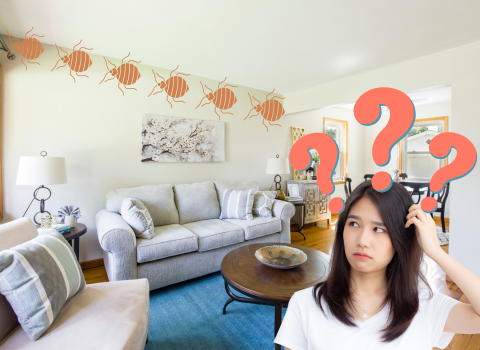
Stopping Infestations Before They Begin
Prevention is always better than cure when it comes to dealing with pests, especially when it comes to bed bugs. A little effort can go a long way in preventing an infestation from taking hold in your home, so here are some tips for stopping them before they get a chance to start:
Investigate any second-hand furniture or items.
If you are buying any second-hand items then make sure to inspect them properly and look out for signs of bed bug activity.
Vacuum regularly.
Regularly vacuuming carpets and furniture can help reduce the chances of an infestation occurring by removing any existing eggs or larvae.
Monitor visitors.
Letting people stay over who have previously experienced bed bug problems can increase the risk of another infestation, so monitor guests carefully.
Use preventive sprays.
Sprays like diatomaceous earth can be used as a preventative measure around your home and can help keep bed bugs away.
By following these steps you’ll be well on your way to keeping bed bugs out of your home!
Why Is It So Difficult to Get Rid of Bed Bugs?
Bed bugs are one of the hardest pests to get rid of and for a good reason. They are extremely resilient to most treatments and can hide in very small places, making them hard to find and eradicate. Here are some reasons why it’s so difficult to get rid of bed bugs:
They reproduce quickly – A female bed bug can lay up to 500 eggs in her lifetime which means populations can build up quickly if left untreated.
They have evolved over time – Over centuries they have adapted and become resistant to many pesticides and multiple treatments which make them even harder to get rid of.
Bed bugs hide well – Bed bugs are experts at hiding in tight spaces so it’s important to thoroughly inspect all areas including furniture, carpets, nooks, and crannies for any signs of activity.
They feed on humans only – As a creature that solely feeds on human blood or other warm-blooded animals, bedbugs are not attracted by food sources like roaches or rodents would be.
Getting rid of bed bugs is no easy task but with the right knowledge and steps, it is possible. With persistence and diligence, you can make sure your home is free from this pesky pest!



